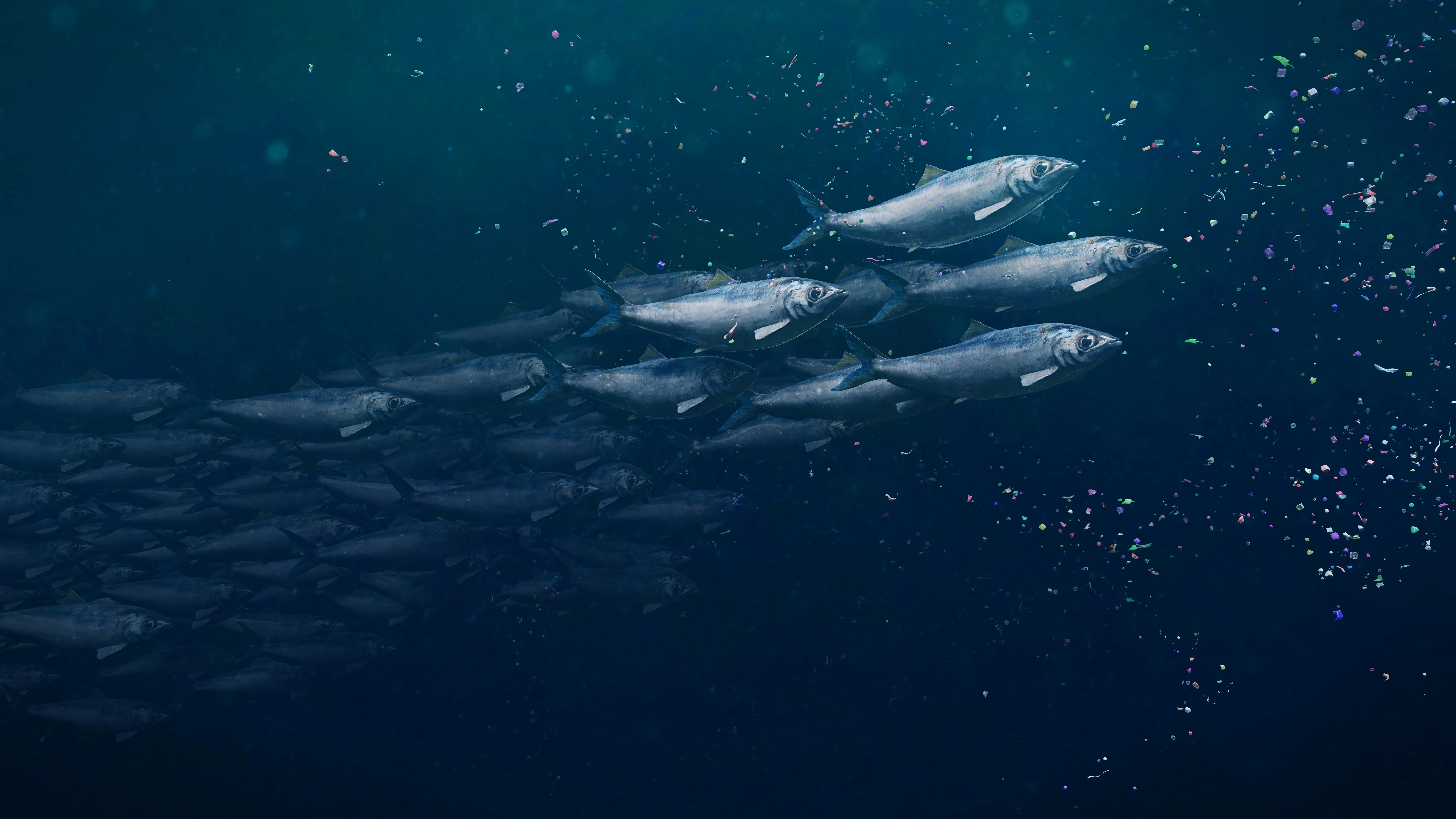Some plastics accumulate in the oceans because of their slow degradation rates. Some estimates place as many as 5.25 trillion plastic particles weighing a total of 250,000 tons floating in the world’s oceans, including micro-plastics (plastics smaller than 5mm). They originate from the weathering and disintegration of larger plastic debris, from pellets used in the manufacturing of plastics, from additives in cleaning and personal care products, and from synthetic clothing.
Due to their small size, micro-plastics can be mistaken for plankton and ingested by marine animals, including bivalves (mussels, clams) and fish. Together with the pollutants that have accumulated on them, they can be transferred through the food chain. Radiolabelled tracers can help understand how microplastics get contaminated by organic pollutants and how they transfer such contaminants to marine organisms.
Similarly, the study of natural archives such as sediment cores, corals and shells reveals the history of pollution incidents in marine ecosystems. The IAEA’s Radiometrics Laboratory uses for example lead-210 and caesium-137 based geochronologies to reconstruct a record of environmental changes recorded in sediment and coral cores. This approach helps evaluate contamination accumulation rates in coastal and marine ecosystems.
